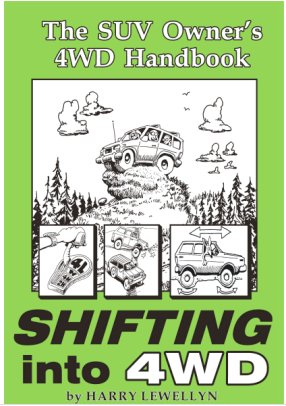You get a gold star... or taco with all the trimmings!
Mil Gracias, Mulegena


| Quote: |

| Quote: |

| Quote: |
| Quote: |

| Quote: |
| Quote: |

| Quote: |

| Quote: |






 DK, What if
your vehicle overheats or you are stranded out in the middle of nowhere and no water.
DK, What if
your vehicle overheats or you are stranded out in the middle of nowhere and no water.| Quote: |


| Quote: |
| Quote: |
| Quote: |
| Quote: |

